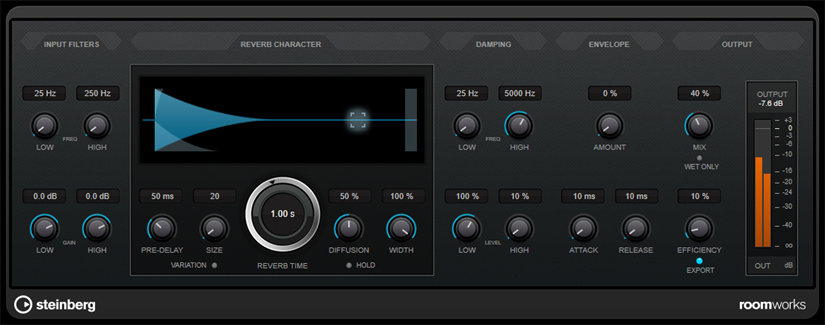

Sure, Cubase and other DAWs are also used in both professional and hobbyist settings, but Nuendo seems to only be used in professional settings. Why is that? We’ll go more into that in the features section, but Nuendo is really a high-quality professional tool that is not used as much in the hobbyist space. Nuendo is another DAW from Steinberg, but it’s often not talked about as much as other DAWs are. How much is Cubase? View the pricing on Amazon. Writing complicated drums parts is great with the drum editor as you don’t have to worry about note lengths like you would have to do with a piano roll (because drum hits don’t have lengths.)īefore we compare Cubase to Nuendo, let’s look at what Nuendo actually is. The drum editor is just a MIDI editor like a piano roll, but it’s made specifically for writing drum parts. I’ve tried out many DAWs, but this is something that I still haven’t seen in other DAWs besides Cubase, and that is the drum editor. These include effects such as compressors, EQs, delays, reverb, and more. In addition to coming with great virtual instruments, Cubase also comes with some great stock plugins for audio.
CUBASE NUENDO PRO
Cubase doesn’t come with as many virtual instruments as Logic Pro does, but I think the stock instruments that come with Cubase are better instruments.
CUBASE NUENDO FULL
Comes with some great virtual instrumentsĬubase some great virtual instruments – you can read more about them in our full Cubase Review. It’s really easy to work with many MIDI instruments and virtual instruments at one time with Cubase making it a popular choice among composers such as Hans Zimmer. Most DAWs can work with MIDI and virtual instruments, but because MIDI and virtual instruments are where Cubase got its start, that’s where its bread and butter is. Combine that with VariAudio and you’ll be spending less time recording and have the options to fix things in post. With the comping feature, you can just combine all the best parts together and have one great take. Let’s say your singer can sing all the parts correctly, but can never seem to get a perfect take. CompingĬubase allows you to take multiple audio tracks and easily combine the best parts in order to make one “master take” with no errors. In fact, this feature alone is why I chose to purchase Cubase when I started shopping for DAWs back in the day. That means if you’re working with a musician or singer and they miss a note – pitch-wise or rhythmically – you can “fix it in post.” This is a great feature to have that many DAWs lack.
CUBASE NUENDO SOFTWARE
VariAudio3 is similar to software like Melodyne – it lets you change the pitch and timing of audio notes.

Pretty much all DAWs have similar features, but these are some of the most popular features that I think Cubase has. Cubase is the DAW that I first started with, so I have a lot of experience with it and I might be a bit biased when talking about it.
CUBASE NUENDO PC
It started as just something that worked with MIDI, but it quickly became a cross-platform software that users on both MAC and PC could use to make music.Ĭubase is a popular alternative to other DAWS such as Logic, Pro Tools, and FL Studio. Cubase: A Brief OverviewĬubase is a DAW that has been around for a few decades. However, if you want more advanced features and want to work with audio in games and movies professionally, then Nuendo is the DAW you should get.īefore looking at the differences between Cubase and Nuendo, let’s get a quick introduction to them. The TLDR of the Cubase vs Nuendo conversation is that if you’re only looking to make music, then Cubase is going to be good enough for you. Which one should you learn? Which one should you buy? Keep reading to see which DAW – Cubase or Nuendo – you should get.

Both DAWs were created by Steinberg, but they have some differences. In today’s DAW comparison, we have Cubase vs Nuendo.


 0 kommentar(er)
0 kommentar(er)
